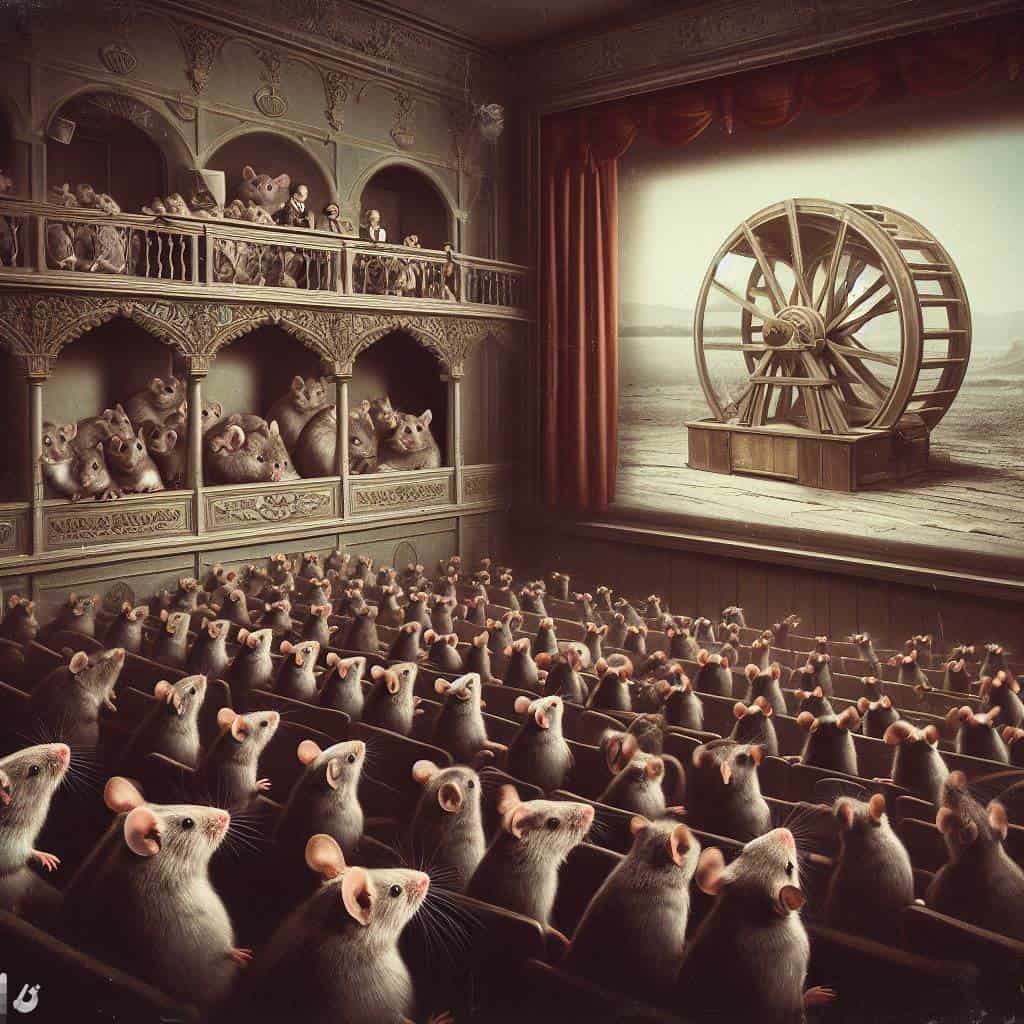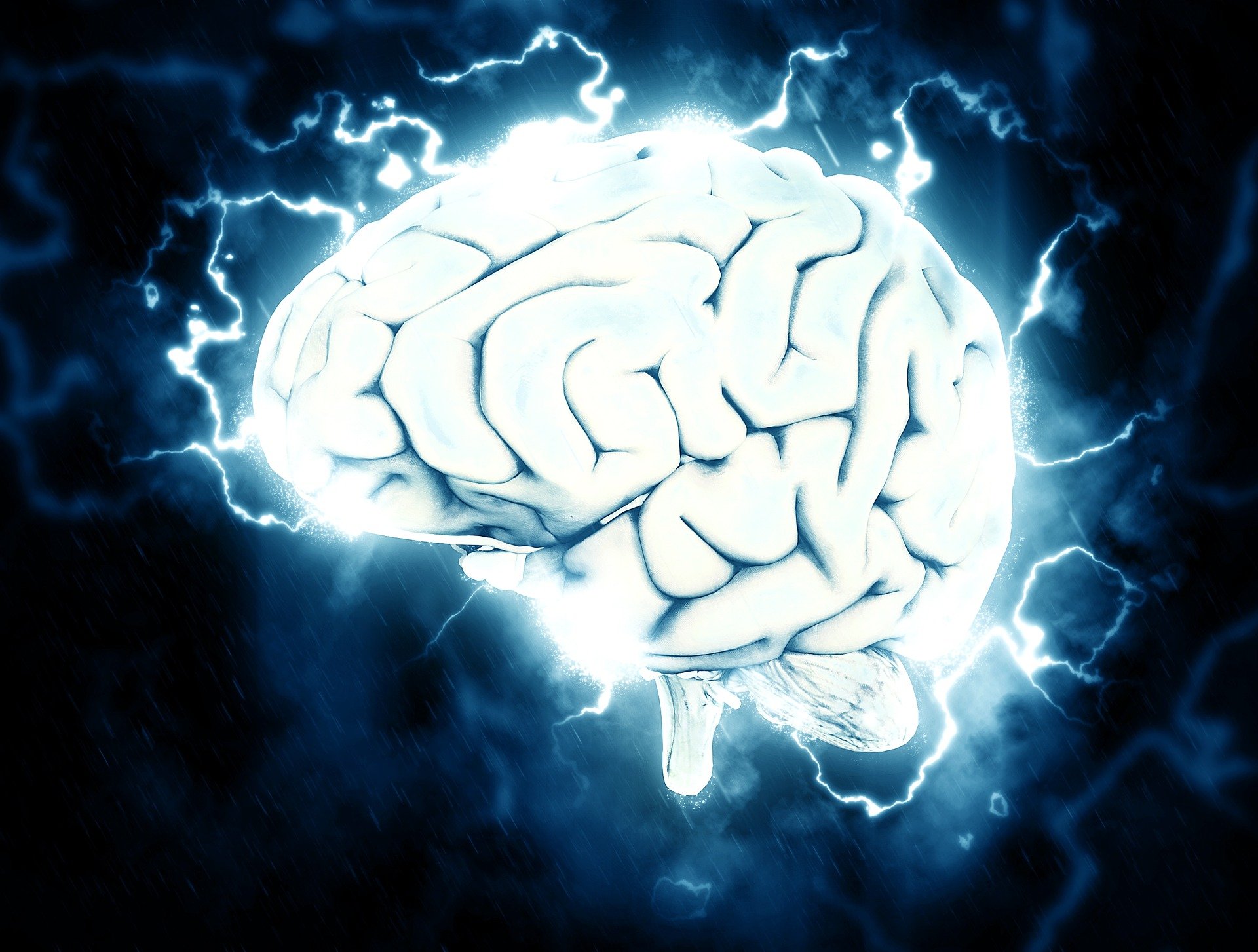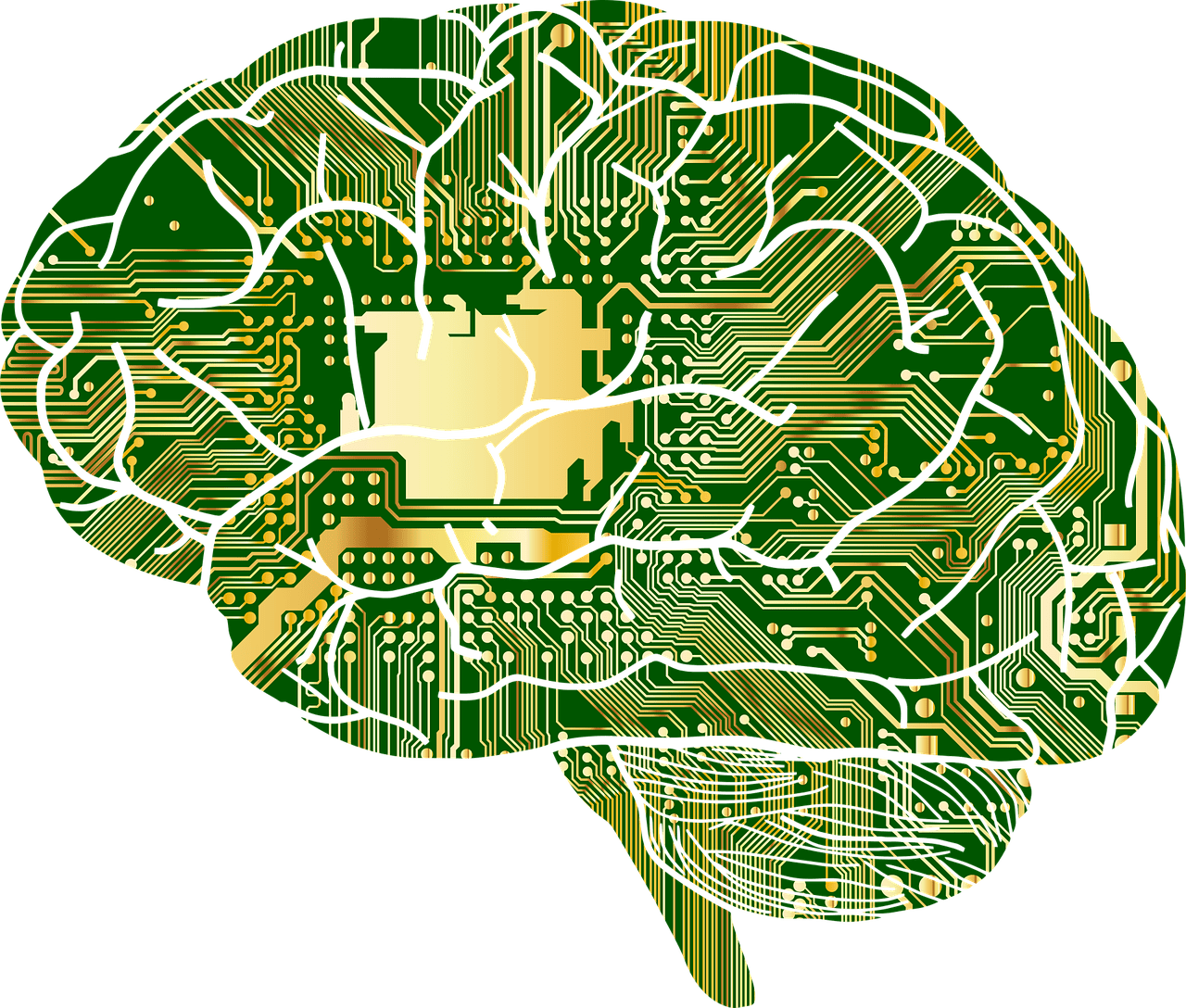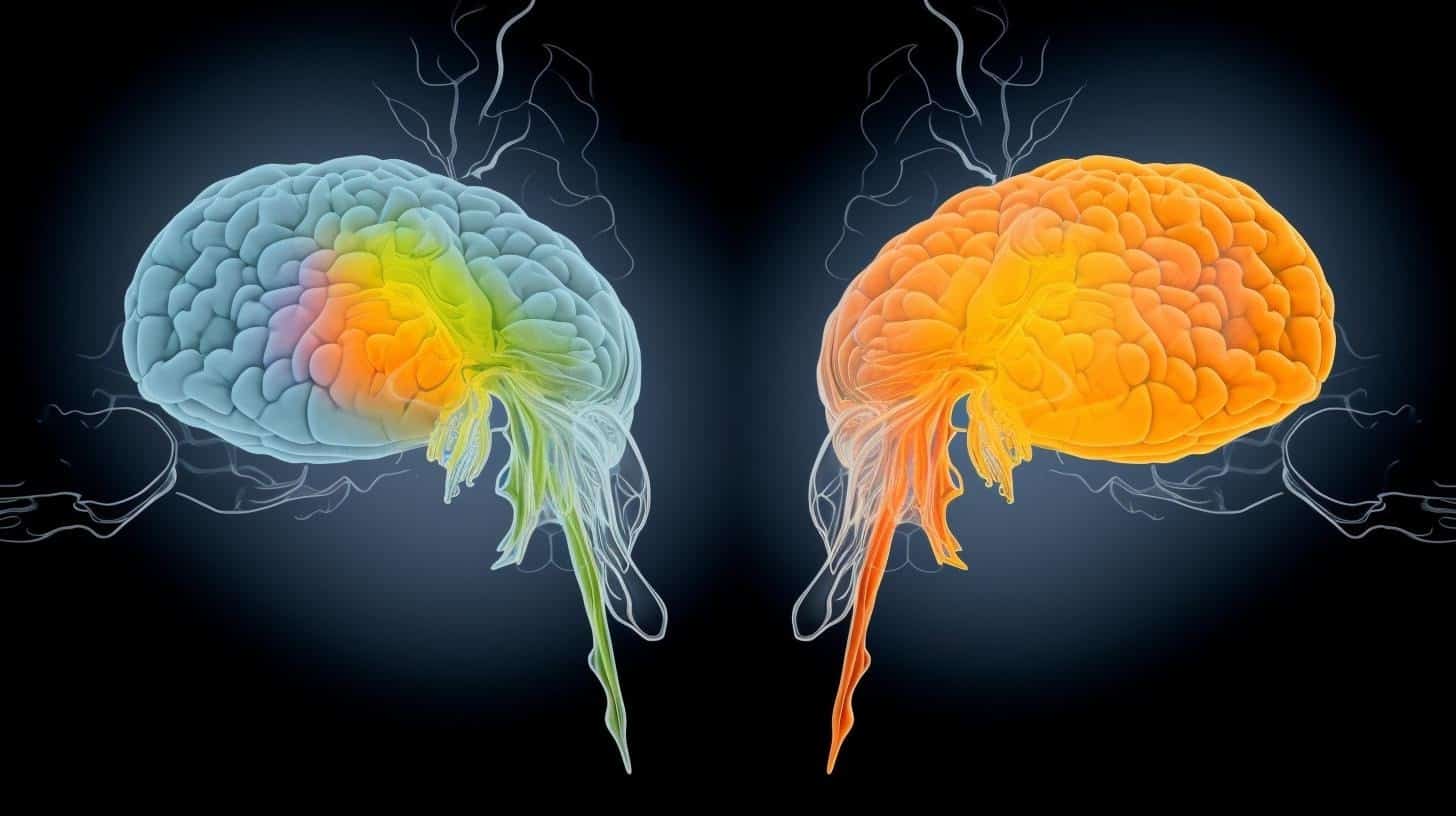
Ground-breaking research published in Nature Neuroscience has shed new light on the phenomenon of visual masking, a process where an image is not consciously perceived if followed rapidly by another. This study not only confirms the existence of visual masking in mice, but also pinpoints a specific brain region crucial for this illusion to occur. Interestingly, neurons in the retina and early brain regions are still activated, indicating that the brain ‘sees’ images even if we aren’t aware of them. The research, a first of its kind in mice, involved training the animals to respond to quickly flashed images.
Understanding the mechanics of visual perception is essential for grasping how we interact with the world. Our brains constantly process a barrage of visual stimuli, but not all of this information reaches our consciousness. The concept of visual masking has intrigued psychologists and neuroscientists for over a century, and the latest study provides fresh insights into this mysterious cognitive process.
- Breakthrough study reveals unconscious neural activity in response to visual stimuli, challenging conventional consciousness assumptions.
- Mice trained to react to flashed images show masked perception, indicating complex unconscious visual processing.
- Insights into visual masking have broad implications, from technology development to understanding subconscious influences on behavior.
The mechanics of visual masking
Visual masking, as described by French psychologist Henri Pieron in 1925, is a cognitive phenomenon where one visual stimulus (the mask) interferes with the perception of another preceding stimulus (the target). The recent study builds upon this foundational knowledge, demonstrating that the timing of the stimuli is pivotal. For the visual masking to occur, the initial image must flash on and off swiftly, followed by the second image within an approximate 50-millisecond window.
Through their innovative approach, scientists were able to train 16 mice to turn a LEGO wheel in response to a quickly flashed image. The introduction of a subsequent masking image disrupted this task, indicating that the mice were no longer conscious of the original image. This breakthrough suggests that conscious perception is more complex than previously thought, occurring in the visual cortex or even higher areas of the cortex downstream.
Neural activity without awareness
The study’s findings are profound: neurons in the retina and early brain pathways are activated even without conscious awareness of seeing an image. This indicates that there is a distinction between the brain’s reception of visual information and what ultimately enters our conscious perception. The implications of this are significant, as it challenges long-standing assumptions about the directness of the path from visual input to conscious recognition.
One of the most striking aspects of the study is the discovery that both human and mouse perceptions of this particular visual masking illusion are remarkably similar. This similarity across species provides a valuable model for understanding human vision and consciousness, and it underscores the potential for further research using animal models.
Implications for the understanding of consciousness
Nature Neuroscience’s report indicates that the study narrows down the parts of the brain responsible for awareness. This is a significant stride in comprehending how consciousness is generated. Conscious perception, previously a largely abstract concept, is now being tied to specific neurological processes.
The findings from this study have profound implications beyond the realm of academic curiosity. Understanding visual masking can lead to improvements in various fields such as the development of more effective visual display technologies, enhanced safety in visually demanding situations, and novel therapies for visual perception disorders. The fact that the brain can ‘see’ without conscious awareness also has implications for the study of subconscious information processing and its influence on our behaviour and decision-making.







